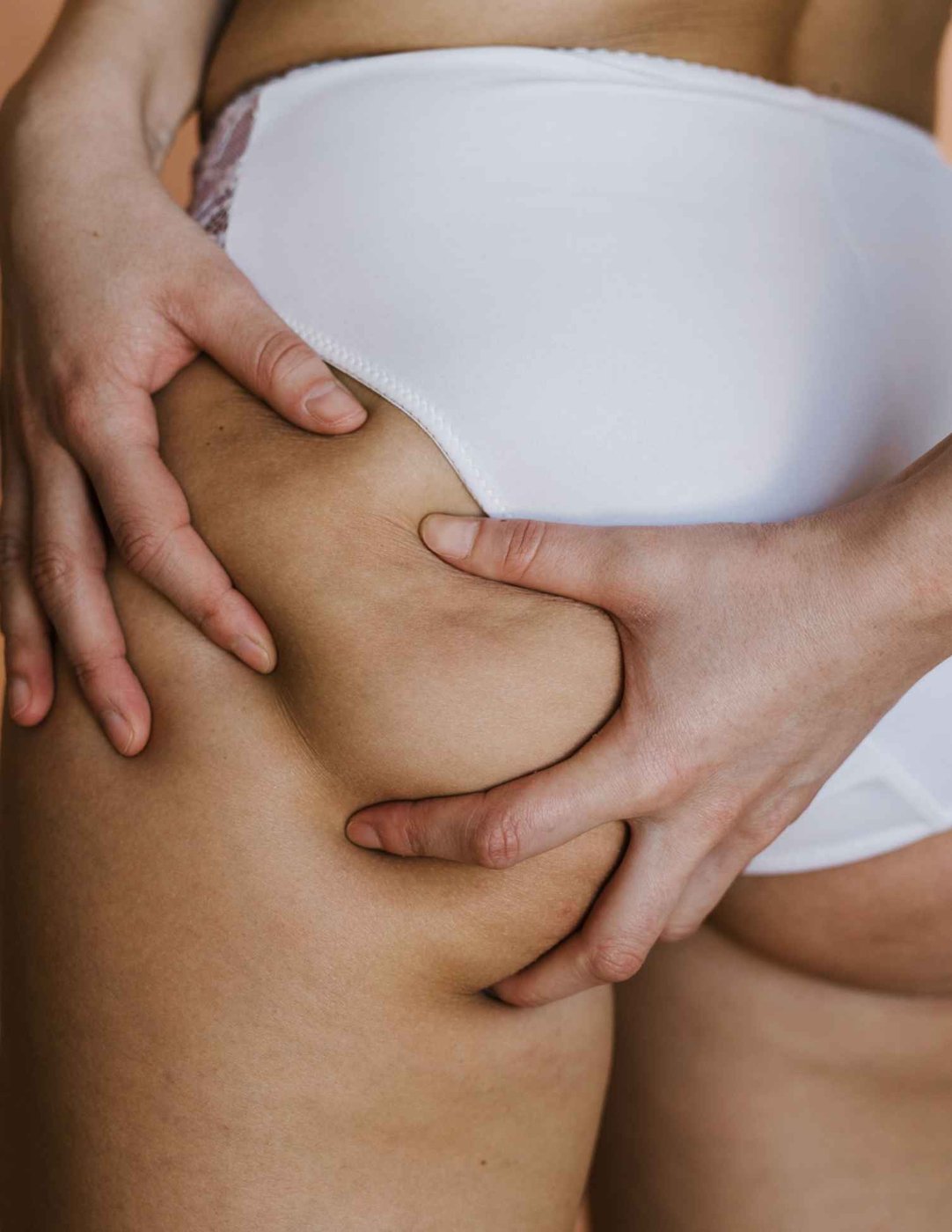Procedure Steps
The steps of the assisted liposuction procedure may vary depending on the specific technique used but generally include the following steps:
Anesthesia
The patient is supplemented with either local or general anesthesia to ensure they are comfortable and pain-free throughout the procedure.
Incision
Small incisions are made in the skin, through which a cannula is inserted. The cannula is connected to a suction device, which is used to remove the liquefied fat.
Fat liquefaction
Depending on the specific technique, the surgeon may use vibration, ultrasound, laser, or water to break up and liquefy the fat cells, making them easier to remove.
Fat removal
The cannula is used to suction out the liquefied fat from the targeted body area. The surgeon uses a back-and-forth motion with the cannula to remove the fat evenly.
Compression
After the fat is removed, the incisions are closed, and a compression garment is applied to help reduce swelling and aid in the healing process.
Recovery
Assisted liposuction typically takes 1 to 4 hours, depending on the extent of the surgery and the areas being treated. After the procedure, patients may experience some discomfort, swelling, and bruising, but these symptoms typically subside within a few weeks.
Instrumentation and Devices Used
Initially, large cannulae were used for liposuction, some even up to 1 cm in diameter. These instruments caused damage to neurovascular bundles and sometimes led to uneven contours and seromas or hematomas in patients. The successive use of local anesthesia necessitated a gentle touch; hence, many smaller cannulae were developed. Cannulae used today are extremely small, typically less than 6 mm, and some are very small, with an inside diameter of less than 0.6 mm. Blunt-tipped cannulae are standard as they decrease injury to blood vessels and reduce bleeding.
Medical devices are used for various medical procedures, but only a few specific devices are FDA-approved or cleared for liposuction. Before considering laser- or ultrasound-assisted liposuction, it is essential to determine that the FDA clears the device being used.


